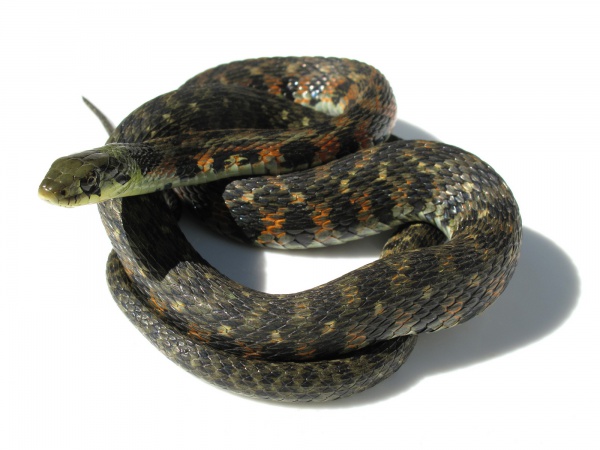Facts About Asian Tiger Keelback
The tiger keelback (Rhabdophis tigrinus), also known as kkotbaem or yamakagashi, is a venomous snake native to East and Southeast Asia. This striking reptile exhibits an olive-drab green body adorned with black and bright orange markings on its back, complemented by a whitish belly. Typically, tiger keelbacks measure between 60-100 cm in length.
These snakes inhabit various regions, including eastern Russia, North and South Korea, China (excluding certain areas), Taiwan, Vietnam, and Japan. Their diet primarily consists of small vertebrates, especially frogs and toads. They utilize both chemical and visual signals to hunt their prey.
When threatened, tiger keelbacks employ different defensive strategies depending on the temperature. In cooler conditions, they might flatten their neck and body and remain motionless, relying on specialized glands in their neck that store toxins accumulated from the toads they consume to deter predators. Conversely, in warmer temperatures, these snakes are more likely to make a swift escape.
Although they are venomous, tiger keelbacks rarely cause significant harm to humans. They prefer not to strike, instead relying on their other defensive tactics. This reluctance to bite may stem from the fact that their fangs are located at the back of their mouth, making it more challenging to deliver a potent bite.
